Introduction to Sedum: A Versatile Plant
Let’s get acquainted with sedum, affectionately known as stonecrop—a real trooper in the plant kingdom. Picture this: a garden where the only spots remaining are the ones dappled with shade, and you’re wondering what could possibly flourish there. Enter sedum, your versatile garden sentinel. It’s a favorite among green thumbs and novices alike, owing to its almost heroic hardiness.
Now, imagine these plucky plants nestled in rock gardens, sprucing up edges or cascading off a wall with their fleshy leaves—a true testament to their flexible nature. Sedum asks so little of us yet endows our gardens with such lively texture and form. People can’t help but smile at the sight of their tiny, star-like flowers dancing in the breeze. But here’s the burning question that shadows every gardening enthusiast’s mind: can sedum grow in shade?
Before we unravel that mystery, it’s worth diving into a bit of a background story. Sedums are not just one-trick ponies; they come with a suite of features that make them nearly irresistible. You’ll find sedum species that relish the heat, laugh in the face of drought, and yes, some even throw a welcome mat out for the shade—a delightful surprise for shaded gardens craving a splash of life.
For those eager to learn more about taking care of these resilient plants, the following video will be an enlightening start:
And for gardening aficionados interested in a wider perspective on these succulents, this guide showcases a vibrant selection of sedum varieties to consider. Meanwhile, let’s anchor ourselves back to our shaded corners. How does sedum stand up to this challenge? Could it be that we’ve underestimated the versatility of this sun-loving succulent? There’s only one way to find out. Step into the light—or rather, the shade—as we explore this further.
If you’re now picturing your garden’s less sunny spots adorned with these robust beauties, you might find inspiration by exploring the different types of stonecrop varieties that can brighten even the most underestimated corners of your garden oasis.
Understanding Light Requirements for Sedum
When envisioning the perfect spot for a sedum plant, you might conjure up images of a sun-kissed rockery ablaze with vibrant colors. Truth be told, these hardy succulents do bask in the glory of the sun. But what happens when they’re tucked away in a shaded nook? Let’s shed some light on the matter.
Sedum, often hailed as the stoic stonecrop, craves sunlight to flourish. Why? The answer lies in the alchemy of photosynthesis. During this miracle of nature, sedums transform sunlight into the energy they need to grow. Without enough light, their distinctive fullness and hue can wane, much like dancers without music.
Imagine a sedum as the sun-seeking adventurer of the plant world, always leaning towards that life-giving radiance. In abundant sunshine, their leaves can tinge with colors that are the envy of a sunset palette. But beneath a shade-casting tree or next to a north-facing wall, our intrepid sedum must adjust. Shade means less light for photosynthesis, which can lead to a muddled performance in terms of growth and color.
Yet, not all sedums discreetly bow out when shadows loom. Shade-tolerant varieties whisper secrets of survival, hinting at green thumbs past who’ve spread the whispered tales of ‘Stonecrop that thrived in the dimmest of groves.’ Indeed, some sedums have learned the art of adapting to these low-light ballets, maintaining their succulent charm with fewer sunbeams.
Don’t just take my word for it, take a stroll through the ultimate guide to succulent care, and see how understanding light requirements can turn even a shade-spun sedum into a true gem in your garden ensemble.
And while we’re contemplating the nuanced needs of our leafy friends, feast your eyes on this serene scene. Amidst the veiled light, sedum leaves hold onto their plump poise, much like a green tapestry stitched with a multitude of shades. This dance of light and shade reveals a tapestry where sedums can indeed partake, albeit more quietly, in the shaded corners of our gardens.

In essence, although sedums are sun chasers by nature, we gardeners can certainly find those special varieties that also find their rhythm in the quieter, shaded parts of our living tapestries. The right move in gardening, as in dance, is knowing when to step into the sun and when to sway in the shade.
Sedum Varieties and Shade Tolerance
When we think of succulents like sedum, we often imagine them basking in full sun, their fleshy leaves soaking in every ray. But what about those garden nooks and crannies that see more shadow than sunlight? Can sedum truly thrive in such conditions? Let’s dive into the verdant world of shade-tolerant sedums and shed some light on this topic.
First things first, not all sedums are sun worshippers. Some species are quite adept at playing hide and seek with the sun. Take the enchanting ‘Cape Blanco’ for instance, with its silver rosettes that can glisten in dappled light under a tall tree. Or consider the ‘Frosty Morn’, another variety that flaunts variegated leaves and is known for its resilience in lower light conditions.
The truth is, many sedum species have adapted to a range of environments, from rocky outcrops catching occasional sun rays to the shady base of a north-facing wall. Such flexibility is part of what makes sedums so popular for diverse garden designs.

Imagine walking through a green labyrinth where ‘Dragon’s Blood’ spills along the path, its deep red foliage contrasting with the cool shade. And then there’s the ‘Matrona’, with its stout, dusky-pink heads towering over robust, dark stems, seemingly unfazed by the lack of sunlight. These real-life examples demonstrate the versatility of sedum and inspire garden enthusiasts to experiment with these succulents in shady spots.
While some sedums lean towards the light, others enthusiastically embrace the shade. For instance, ‘Mr. Goodbud’ is renowned for standing tall with its regal purple flowers even in the dimmest corners. Then we have ‘Bertram Anderson’, exuding a rich, burgundy hue, thriving in those spots where the sun is but a visitor.
Overall, while sedum aficionados may champion the sun-loving varieties, it’s clear that this robust genus is not restricted to the limelight. With the right species and a little bit of knowledge about their preferences, sedums can indeed thrive in the shadows, adding unexpected texture and color to the more subdued parts of your garden.
Benefits of Growing Sedum in Shade
Think of shade, and the lush tapestry of a woodland floor might spring to mind, but can the robust succulent, sedum, truly embrace the dappled light under the trees? Absolutely! There’s a treasure trove of benefits to coaxing sedum into those shaded nooks of your garden, and it starts with embracing their surprising versatility. Let’s start with the obvious – blistering sunlight is a no-go for some of the more delicate sedums. The shade offers them a cool refuge, like a parasol on a sunny beach, shielding them from the harshest rays that might otherwise leave them sunburned and stressed.
But why choose sedum as your shade-loving companion? For one, their dense mat-forming habit makes them a champion of ground covers, a cloak of green that carpets the soil, keeping it cool and intact. Just think about a slope in your garden where rain trickles down, uprooting soil and nutrients. Sedums come to the rescue, their intertwined roots holding the earth like a firm handshake, and preventing erosion – a real-life superhero in your shaded landscape!
A life less parched is another boon. In the shadowy realms, sedums can do with less water, less frequently, developing a resilience that’s both economical and environmentally conscious. Reflect on this – a shaded sedum sanctuary entwines the eco-friendly with the economic, slashing your water bills, and your time spent wielding that watering can.
Curious to see the transformation for yourself? Take a look at how sedums switch up their game in the shade with this enlightening video. It’s one thing to hear about it, quite another to witness the lush, verdant potential right before your eyes.
And if you’re thinking shade means a sacrifice in style, think again. Shade doesn’t dampen the vibrant tapestry sedum weaves across your garden. From the ruby-red ‘Dragon’s Blood’ to the golden ‘Angelina’, shaded sedums still offer up a feast of color. Even better? They invite a dance of light and shadow, a play of brilliance against the muted understory that can only be described as enchanting.
Embracing sedum in the shade is more than a gardening choice; it’s a stroke of creative genius. It’s about letting go of stereotypes – that sun-loving label – and discovering a shadowy realm where sedums don’t just survive, they thrive. And in doing so, they might just teach us a thing or two about resilience and beauty in unexpected places.
Challenges and Considerations
Gardening enthusiasts often muse whether the ever-so-resilient sedum can bear the shade’s embrace. Indeed, while these hardy succulents adore the sun’s kiss, they can endure in dimmer nooks with the right know-how. Yet, can sedum grow in shade without a pout? Let’s unearth the truth, shall we?
Your sedum’s plea for sunlight isn’t mere whimsy; it’s a botanical yearning etched in their DNA. Less sun hints at a risk of reduced flowering – akin to a painter’s dwindling palette. Lesser blooms may not strike as a calamity, but for the pollinators and for those who revel in their garden’s vibrance, it’s a muted sonnet.
Worse still, shadows could stretch the sedum’s stems, like a plant reaching out for a friend, resulting in leggy growth. This gangly appearance is a far cry from the plush, hearty succulents we desire, marking the importance of light in their postural finesse.
To avoid these shadow-draped woes, consider your soil mix as the sedum’s foundation. A well-draining haven, rich yet not overindulgent. Ponder upon the age-old adage – “Less is more” while irrigating these shade-grown sedums. The touch of moisture should be a tender whisper, not a drenching downpour, to keep rot and despair at bay.
Now, let’s shed some light through real-life inspiration. Imagine a small garden, tucked beneath a canopy of trees, where the sun plays coy, sending brief hellos through rustling leaves. Here, sedum varieties like Sedum ternatum or ‘Stonecrop’ engage in a delightful dance with shade, staying robust and merry. Such examples galore, where sedum display their resilience in the subdued glow of shady retreats.
Garnishing these tips, behold the visual proof – a snapshot of sedum dabbling in the delicate art of shade endurance:
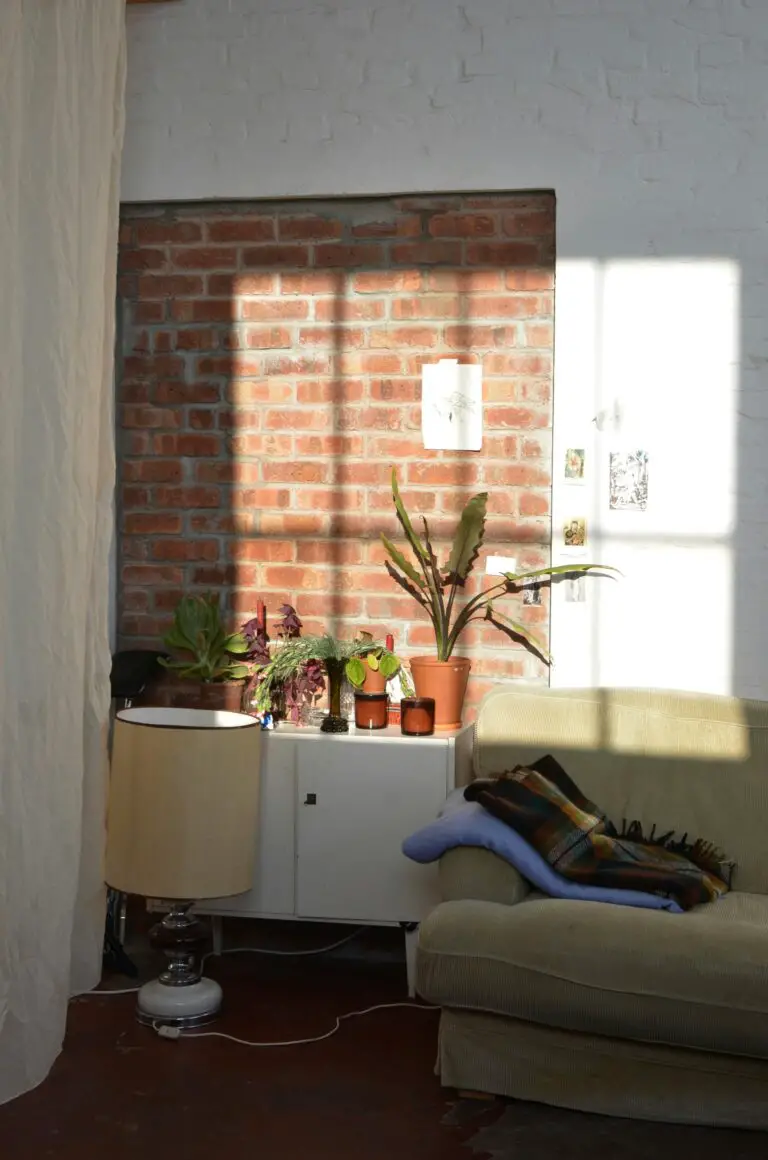
As you embark on this semi-sunless venture, keep in mind that while sedum might not sing in the shade as they do in the sun, with a little wisdom and a gardener’s touch, they can indeed harmonize with the shadows.
Landscaping with Shade-Growing Sedum
When designing a serene retreat in your garden, the concept of a lush, verdant space where the sun’s rays filter through a leafy canopy may come to mind. Enter the often overlooked but thoroughly charming shade-loving sedums. They are the secret ingredient for a vibrant, low-maintenance groundcover in those dappled sunlight nooks of your garden. Let’s unlock the potential of these hardy succulents and integrate them into shadowy realms where they can not only survive but also stand out.
Imagine a tranquil corner where the rustle of leaves plays background music to the soft hum of garden life. Here, sedum varieties, such as ‘Angelina’ or ‘Blue Spruce,’ seamlessly weave their textured foliage among ferns and hostas, plants that naturally shy away from the sun. The varying shades of green, punctuated by the sedum’s seasonal blooms, create a tapestry of color and form. This beautiful juxtaposition can be particularly striking in spots where sunlight is a cherished, fleeting visitor.
Incorporating sedum into a shaded rock garden offers an unexpected twist to traditional designs. Picture moss-covered stones surrounded by the plump and waxy leaves of ‘Cape Blanco’ or the star-shaped ‘Dragon’s Blood’ sedum. These sturdy cultivars thrive amidst the cool dampness of shaded stones, offering a robust contrast to the soft mosses and adding structure to the loosely arranged scene. It’s an artistic embrace of shade and texture.
Borders are another area where sedum can shine in the shade. Envision a pathway, its edges dappled in shadow, lined with the low-growing ‘Chocolate Ball’ sedum. Their deep bronze foliage is particularly striking against light-colored mulch, creating a visual pathway that guides the eye and feet through the cool embrace of your leafy alcove. Companion plants like astilbe or lamium contribute their blooms and foliage to this border ballet, creating a rhythm that enhances sedum’s performance.
For a unique groundcover, intersperse ‘Fuldaglut’ sedum between stepping stones. They will not only tolerate occasional foot traffic but will also present a flourish of rustic red leaves and soft pink flowers, transforming a simple walkway into an enchanting journey. Combine this with a sprinkle of shade-loving violets or anemones, and such selections will have visitors pausing in delight, taking note of the subtle yet confident beauty at their feet.
Containers are a versatile choice for shaded patios or balconies, where direct sunlight is a rarity. Sedums such as ‘Bertram Anderson’ offer a draping effect over the edges of pots, their burgundy foliage and late summer flowers bringing life to the quiet corners. Paired with the silver leaves of dusty miller or the cascading blooms of fuchsias, these potted creations can be both a centerpiece and a testament to the resilience and adaptability of sedum.
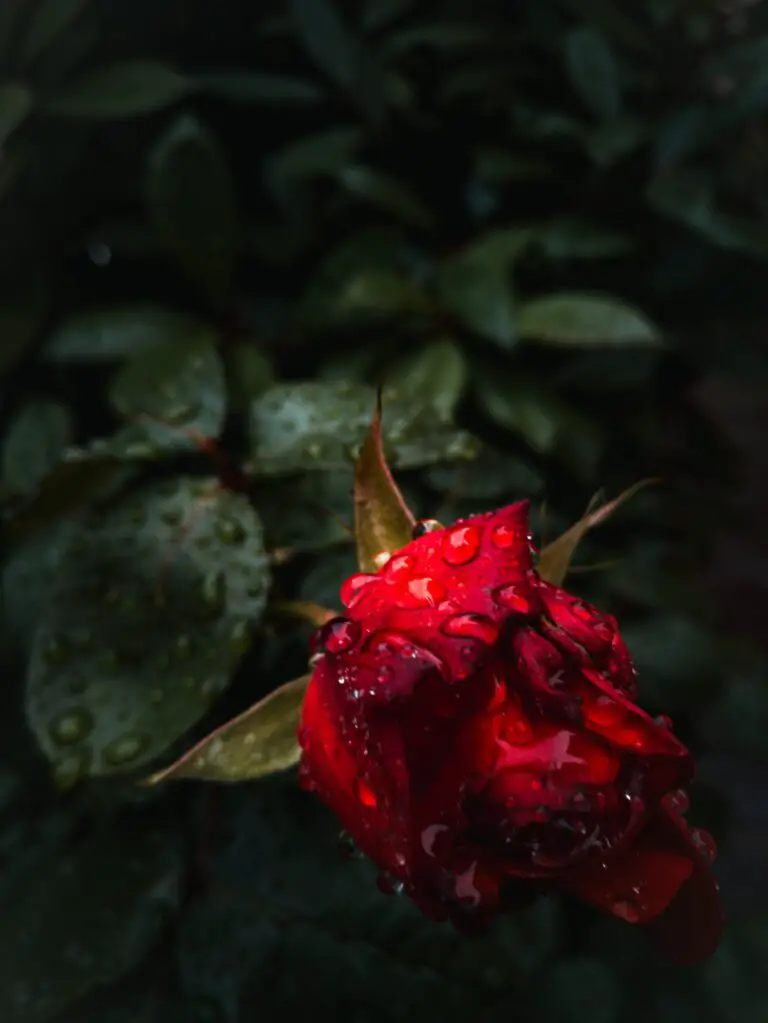
In summary, sedum’s versatility in shade gardens is a gardener’s delight. Its ability to intermingle with a variety of shade-tolerant plants opens up a world of possibilities for crafting enchanting garden scenes. With thoughtful placement and complementary companions, sedum becomes an integral part of the shaded garden narrative, leaving a lasting impression of elegance and ease.
Care Tips for Shade-Grown Sedum
When it comes to tucking your sedum into a cozy corner of shade, think of it as finding the perfect spot under a leafy tree on a sunny day—it’s all about striking the right balance. Sedum, a hardy and versatile troupe of succulents, can indeed perform their photosynthetic magic even when the spotlight of direct sunlight doesn’t shine upon them. But to ensure they don’t just survive but rather thrive in your shaded garden nooks, let’s dig into some practical care tips that will keep your sedum lush and happy.
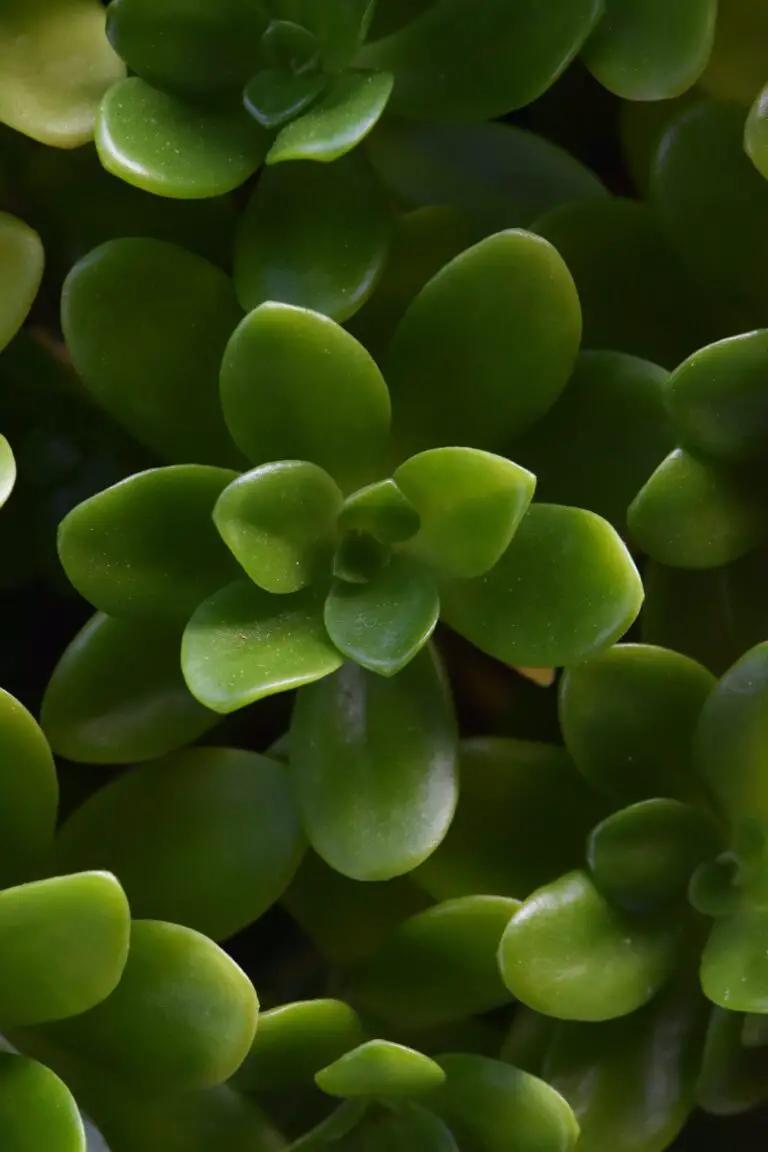
Soil: The Stage for Success
Start with the soil—it’s the foundation for your sedum’s performance in the shade. These plants crave well-draining soil, akin to the perfect potting mix that allows for quick costume changes between wet and dry. Incorporate organic matter like compost or peat moss to improve drainage and mimic the forest floor’s natural environment. Watch your sedum take root and flourish in this well-prepared medium.
Hydration: Watering Without the Woes
Water is like the applause your sedum desires, but too much can drown out their ability to shine. In the shade, your sedum won’t dry out as quickly as they would under the full sun’s encore. So, wait for an encore of dryness before you water them again. Ensure the first inch of soil is dry to the touch to avoid overwatering, which can lead to root rot—the arch-nemesis of succulent success.
Fertilization: Nourishment for a Stellar Performance
Encore! Encore! Applaud your shade-loving sedum with proper fertilization, but keep it light. A balanced, water-soluble fertilizer can be offered up once or twice during the growing season. Think of it as a subtle nudge rather than a standing ovation. It’s just enough to encourage growth without overwhelming these low-maintenance maestros with nutrient overload.
By following these tips, your sedum can take center stage in the shade, turning what might seem like a challenging growing condition into a spectacle of green splendor. So, go ahead, let them unfold in the cool comfort of shade; they’ll perform admirably—with just a hint of help from you, their thoughtful gardener.
Case Studies: Successful Shade Sedum Gardens
When it comes to painting with the lush textures of sedum, shade is often thought to be an artist’s setback. But delve into the experiences of avid gardeners, and you’ll discover that the canvases of shaded nooks can indeed burst into life with these versatile succulents. Let’s venture through the gardens of those who have challenged the sunlight paradigm and cultivated thriving sedum in the dappled light.
Take Eleanor’s suburban oasis, for example. Tucked beneath the aging boughs of a massive oak, her garden is a testament to the resilience of certain sedum species. With careful selection of varieties like Sedum ternatum and Sedum sieboldii, her shady retreat is now a textured tapestry of plump, jade foliage and autumn’s pink blossoms—an homage to perseverance and plant wisdom.
Another account comes from Ramon, an urban gardener whose balcony faced north, receiving minimal direct sunlight. He crafted a hanging garden with Sedum sarmentosum, its trailing stems cascading over the edges of repurposed wooden crates. The ambient light proved ample for the yellow star-like flowers to peek through the heart-shaped leaves, creating a lush, verdant curtain that softened the city’s harsh lines.
img_replace
Then there’s the community garden initiative led by Valerie in a neglected lot now transformed into a green sanctuary. By interplanting shade-loving sedum with ferns and hostas, she orchestrated a multilayered symphony of textures and hues. Sedum spathulifolium ‘Cape Blanco’, with its silvery rosettes, now glimmers amidst the emerald and lime sea—a spectacle of harmony between species and light levels.
The common thread in these stories isn’t just success; it’s inspiration. By understanding the specific needs and strengths of different sedum species, these gardeners have unlocked the secret garden gates to shaded splendor. Their experiences serve as real-life affirmations that with the right approach, sedum can indeed gracefully pirouette in the shadow’s embrace.
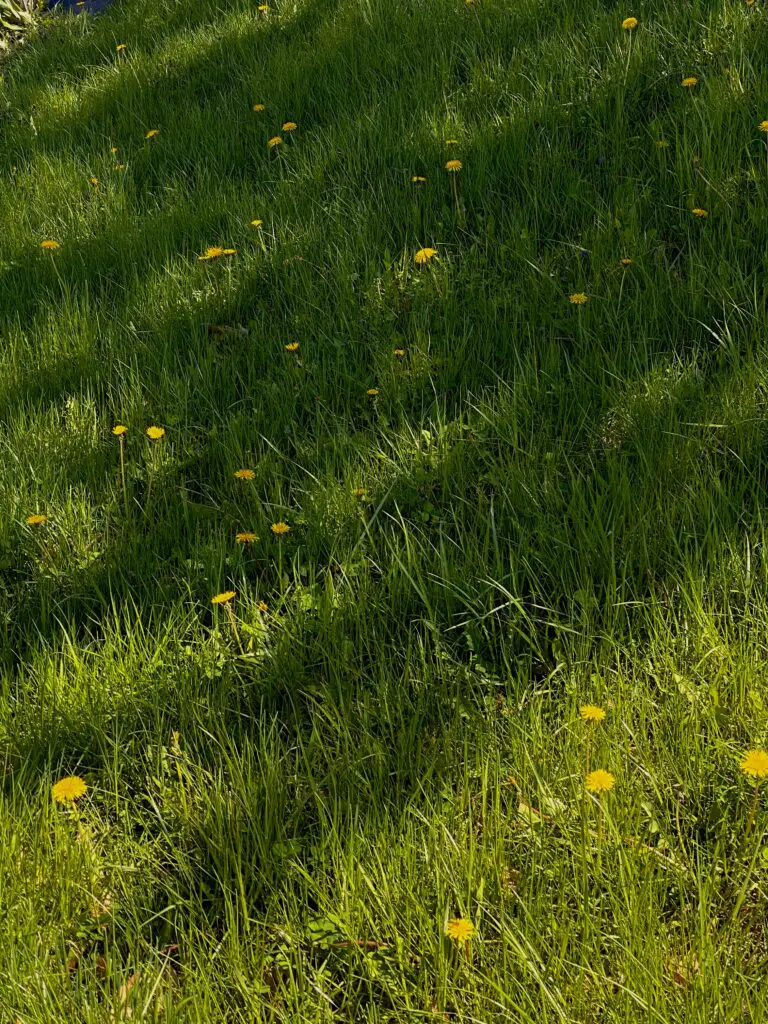
Frequently Asked Questions
When it comes to giving your sedum the best life, there’s often a shade of doubt: can sedum grow in shade? Let’s dig into some of the dirt-covered truths through the questions that green thumbs like you are asking.
Do some sedum varieties prefer shaded areas?
Absolutely! Unlike the sun-worshipping majority of the Sedum family, varieties like Sedum ternatum and Sedum dasyphyllum are like the cool kids at the plant party, preferring the chill vibe of dappled sunlight or part shade. Picture the area under a leafy tree where the light filters through—a perfect spot for these shade-friendly succulents.
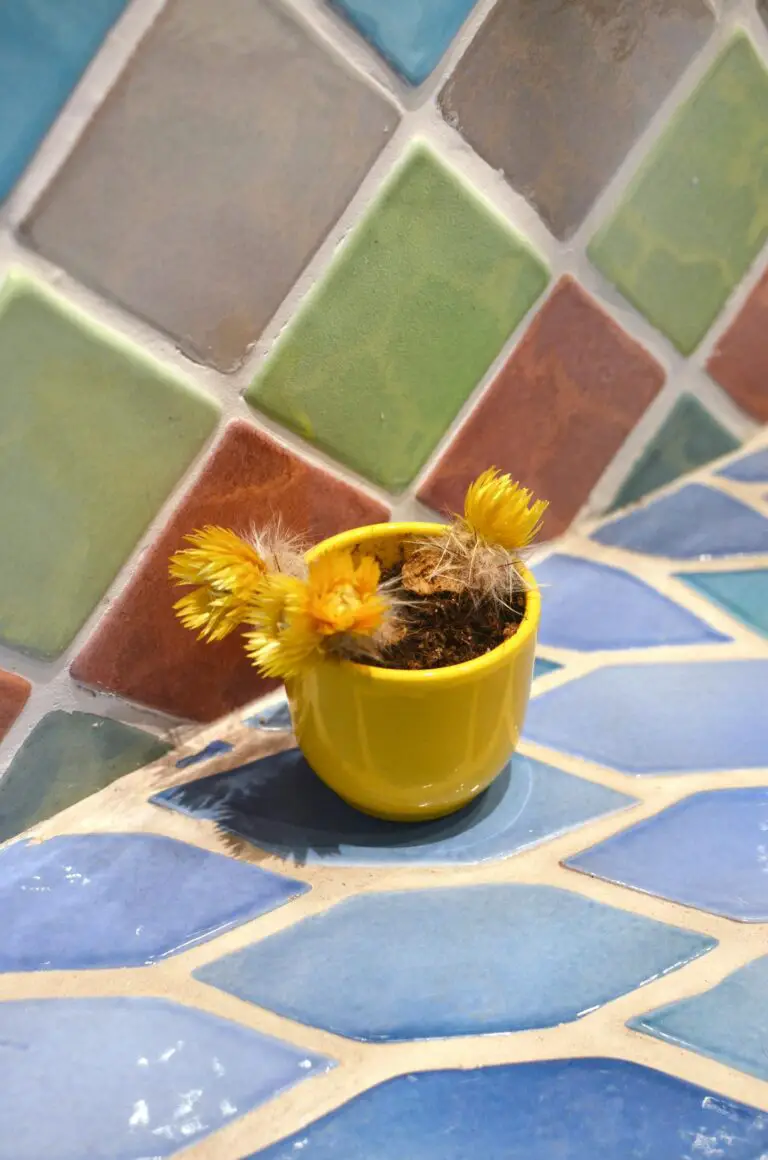
How much light do shade-tolerant sedum need?
Imagine a seesaw. On one end, too much sun can fry our succulent friends, while on the other, too little makes them leggy and weak. Finding that sweet spot is crucial. Shade-tolerant sedum should still get around 3 to 6 hours of indirect sunlight—just enough light to stay healthy without scorning their leaves.
Can I grow sedum indoors with limited light?
Urban dwellers, rejoice! Sedum doesn’t demand beachfront sunny spots. With a window that lets in filtered light or a grow light that mimics the sun, even a high-rise apartment can become a sanctuary for sedum.
Will the color and growth of my sedum be affected in shade?
Like a chameleon changes color, sedum in more shaded spots may adjust their hue and stretch out a bit more. Without that sunbathing, they won’t develop as vibrant colors or that compact, pudgy look, but don’t worry—they’ll still sport their unique charm.
What challenges do I face when growing sedum in shade?
Think of it as a balancing act. With less sun, sedum might not dry out as quickly, so overwatering becomes the enemy. Ensuring good drainage and moderating the watering can prevent the root rot blues. In the shade, sedum becomes the Goldilocks of plants—not too wet and not too dry.
There, we’ve shed some light on growing sedum in shade. With this knowledge, you can navigate the nuances of nurturing your shade-loving sedum. No sun? No problem—your sedum can still thrive in the comforting embrace of the shadows.



